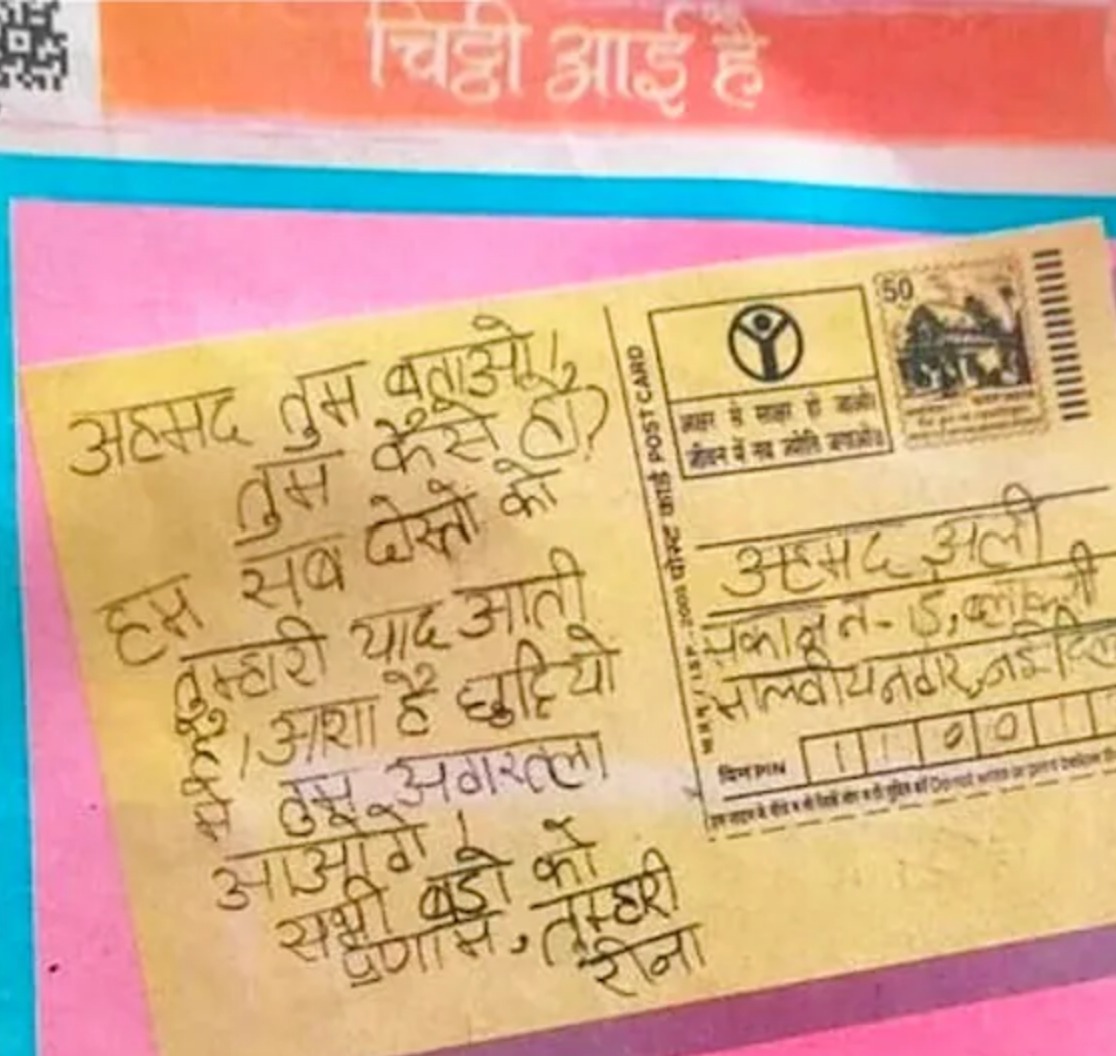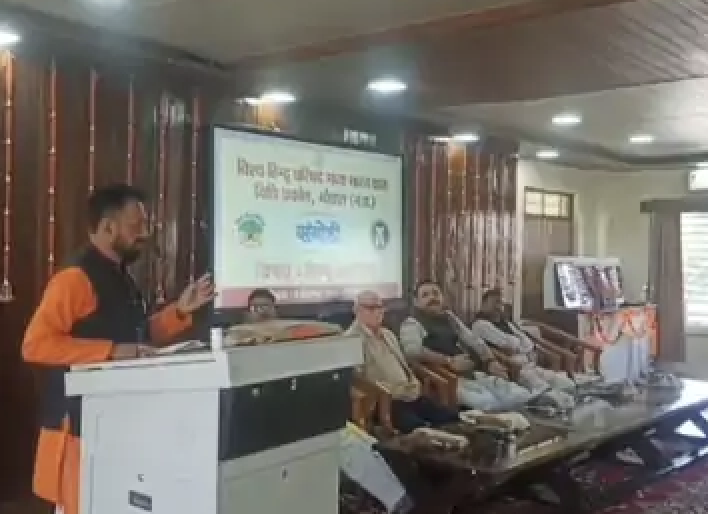
Barpeta, Assam: On July 8, the Dhubri district administration started a demolition drive tearing down over 2,000 Miya Muslim households at the site of the Assam government’s proposed 3,400-MW thermal power plant in Bilashipara, in Dhubri district.
A public announcement was made on July 4. The very next day, on July 5, officials from the Chapar Circle Office put up eviction notices in different places of villages including Charuabakhra Jangal Block, Chirakuta Part-1, Part-2 and Santoshpur, forcing the families to evacuate their homes.
Spanning over 5,000 bigha of land across four villages, locals allege that the eviction drive will displace as many as 10,000 landless Miya Muslims.

The thermal power project was initially planned in a tribal-dominated area in Kokrajhar District. After strong protest by locals, it was shifted to the Bilapshipara area of Dhubri District – an area predominantly inhabited by the Miya community.
Standing on the premise of her dismantled home, Ajiran Nessa, 52, a resident of Chirakuta village, says, “Suddenly, we are told to pack and move with nothing but 50,000 rupees. Where will we go?”
“How can we live in the middle of the river where the government wants to settle us?” she asks.
The notice was issued under the Assam Land and Revenue Regulation, 1886. It mentioned that Rs 50,000 will be offered to each landless family, and promised resettlement in Boyjer Alga village under the Athani Revenue Circle in Dhubri.
This story was originally published in thewire.in. Read the full story here.






